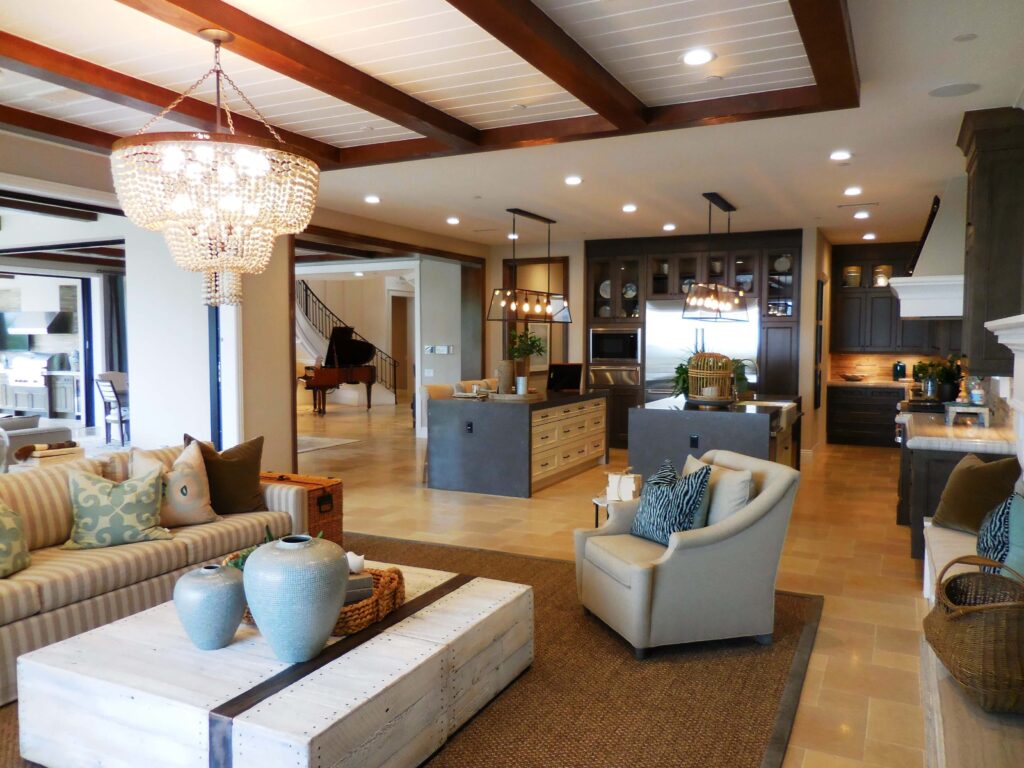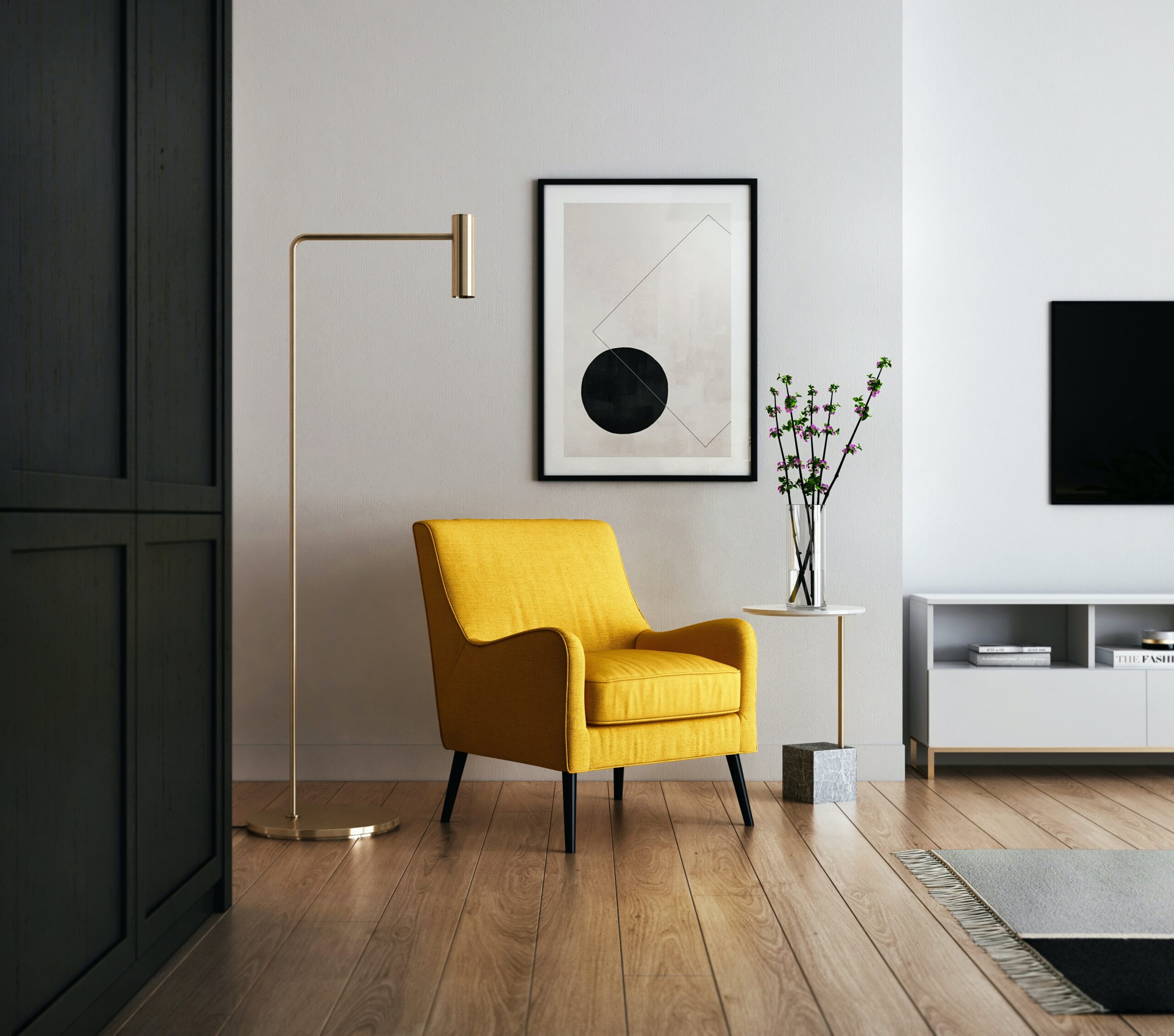Interior designers may charge for travel in various ways, depending on their business practices and the specific circumstances of the project. Here are common methods that interior designers use to handle travel expenses:
- Hourly Rate for Travel Time:
- Some interior designers charge an hourly rate for the time spent traveling to and from the project site. This could include time spent commuting to meetings, visiting showrooms, or inspecting the site.
- Mileage Reimbursement:
- For travel by car, designers may charge a mileage reimbursement. This is typically based on the distance traveled and is calculated using the standard mileage rate established by tax authorities. The client is then billed for the total mileage.
- Flat Fee for Travel:
- Interior designers may choose to charge a flat fee for travel expenses. This could cover not only time spent traveling but also other costs such as fuel, parking, and tolls.
- Travel Expenses as a Percentage of the Project Cost:
- Some designers include travel expenses as part of the overall project cost and calculate it as a percentage of the total budget. For example, travel expenses might be set at 5% of the project cost.
- Incorporating Travel Costs into Design Fees:
- Instead of itemizing travel expenses separately, some designers choose to incorporate these costs into their overall design fees. This may be more common for local projects where travel expenses are minimal.
- Client Reimbursement:
- In some cases, designers may request reimbursement for specific travel-related expenses, such as airfare, accommodations, or rental cars. These expenses would be invoiced separately to the client.
- Local vs. Distant Projects:
- For local projects, designers may include travel within a certain radius as part of their standard service, while for projects located at a considerable distance, additional travel fees may apply.
It’s important for both the designer and the client to have clear communication regarding travel expenses from the outset. This includes discussing how travel costs will be handled, what expenses will be covered, and whether there is a need for overnight stays for distant projects.
Before hiring an interior designer, clients should review the terms of the contract or agreement to understand how travel expenses will be addressed. If travel costs are not explicitly outlined, it’s advisable to discuss and clarify these details with the designer during the initial consultation.

